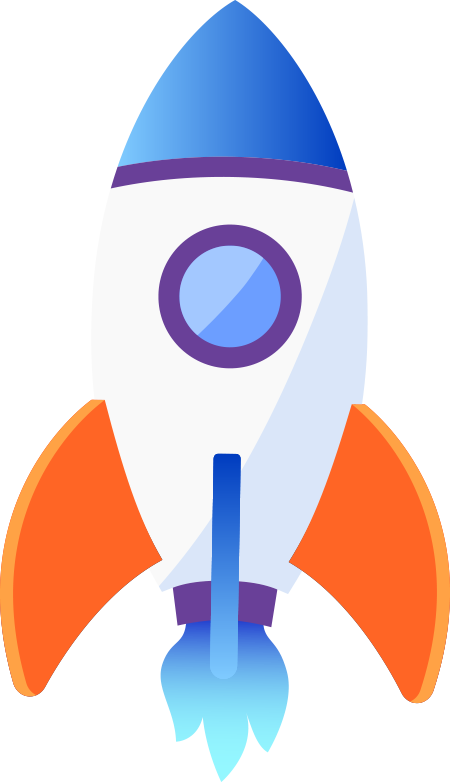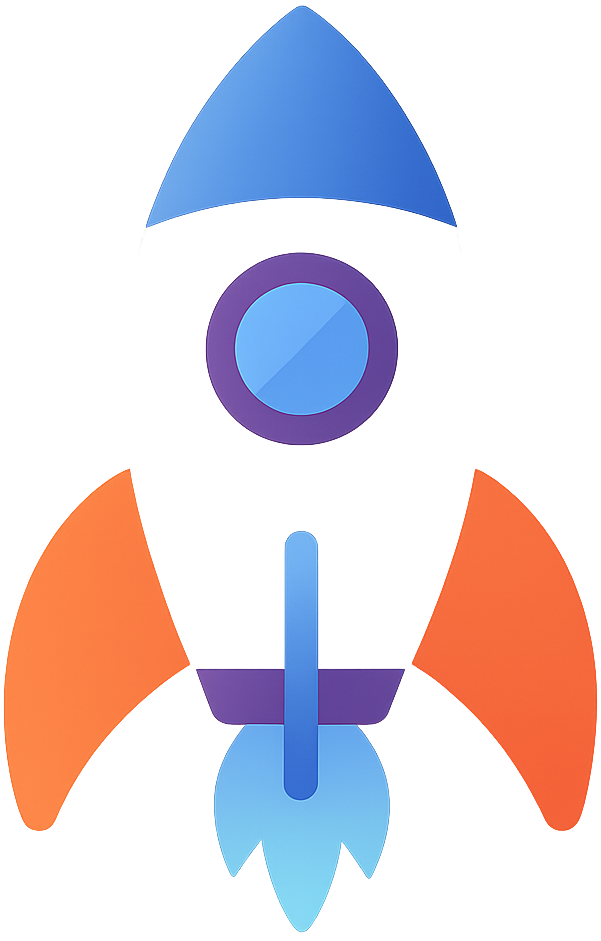
How Machine Learning Models Forecast Revenue With Precision
After analyzing more than 300 autonomous sales deployments in 2024 and 2025, one trend has become impossible to ignore: AI can now predict buyer behavior with a level of precision that even the most experienced human operators cannot replicate. The shift is so significant that it is redefining forecasting, pipeline prioritization, and end-to-end revenue operations. For long-form trend coverage across automation, pattern recognition, and revenue intelligence, visit the broader AI Sales Analysis & Trends category.
This article breaks down the real machine learning architecture behind buyer predictability, including how multi-agent sequencing, event logs, conversational timing, and behavioral probability clouds combine to forecast outcomes with remarkable clarity. These patterns also align with how the AI Sales Team orchestrates intent signals across appointment setting, qualification, routing, and closing workflows—making it an ideal reference point when examining the new predictability landscape.
As part of this category’s deep-dive analyses, this guide pairs closely with The AI Sales Efficiency Curve, which explains why automation creates non-linear gains that directly influence predictive accuracy at scale.
Real-World Insight
Across Close O Matic’s Primora white-glove implementations, buyer predictability consistently improves once AI systems reach 1,000+ interactions on a specific product, vertical, or target buyer persona. This is the threshold where conversational markers stabilize, micro-patterns become identifiable, and cross-agent signals begin to converge.
Credibility Builder
In practice, we routinely see predictability jumps of 22–41% within the first 30 days of structured data ingestion when appointment-setting signals (Bookora), live-transfer routing signals (Transfora), and closing psychology signals (Closora) begin cross-reinforcing one another. Organizations relying only on human reps or fragmented AI tools never achieve this level of clarity.
Why Buyer Predictability Is Redefining Revenue Strategy
Predictability is no longer about “guessing” which prospects are ready to buy—it is about engineering a system that understands buyer readiness with statistical accuracy. With AI monitoring every interaction’s structure, timing, sentiment, friction markers, and objection density, sales organizations gain forecasting ability that was not previously possible. For a supporting technology perspective, see The Rise of Intelligent Sales Automation Platforms, which outlines why platform-level automation is creating unprecedented accuracy in signal interpretation.
Predictive accuracy also increases when the system controls the sequencing of conversations—how long pauses last, when a clarification is issued, how objections are reframed, or when a transfer occurs. Humans cannot execute these micro-behaviors consistently; AI can.
The Data Infrastructure Behind Buyer Predictability
At the technical level, AI buyer predictability is built on four foundational pillars: data acquisition, feature extraction, cross-agent harmonization, and probability scoring. Let's break down how each layer contributes to predictive clarity.
1. Data Acquisition
Signals are collected across call recordings, SMS replies, email events, CRM updates, booking confirmations, transfer completions, and closing-stage behaviors. Twilio event logs capture timestamps, duration, silence markers, background noise levels, and call progress indicators. These raw signals form the base dataset.
2. Feature Extraction
Here, the AI identifies micro-patterns such as hesitations, interruptions, sentiment polarity, rapid-response indicators, and intent-confirming language. Speech-to-text providers influence this layer heavily—differences of even 3–5% in transcription accuracy can impact predictability scores.
3. Cross-Agent Harmonization
This is where most competitors’ systems fail. Bookora may detect high intention, Transfora may detect hesitation, and Closora may detect pricing sensitivity. When these signals are combined across a shared timeline, the model generates a holistic buyer readiness score.
4. Probability Scoring
Scores are computed using multi-layered statistical and deep learning models. These include logistic regression, transformer-based classifiers, and time-series probability estimation. When trained over thousands of interactions, the system becomes remarkably reliable in forecasting revenue.
Behavioral Science: The True Engine Behind Predictability
Predictability is not solely technical—it is behavioral. AI models analyze how humans communicate, hesitate, commit, object, and shift emotional states through the buyer journey. The most predictive signals include:
• Cadence and timing of replies
• Emotional momentum indicators
• Linguistic friction
• Commitment vs. withdrawal cues
• Sentiment polarity shifts
• Objection patterns over time
These signals often appear too subtle for human reps to notice, but AI identifies them immediately, weighting them against the full historical pattern database across similar buyers in the same industry or vertical.
Why Multi-Agent Systems Have a Predictability Advantage
One key takeaway from our internal deployments is that predictability skyrockets when systems operate in a multi-agent configuration. This is because each agent (Bookora, Transfora, Closora) produces its own signal stream. When combined, these streams eliminate noise and amplify clarity.
For example, Bookora might detect high urgency but low clarity. Transfora might detect strong engagement but weak qualification. Closora might detect high buying readiness but pricing concerns. Individually, these signals are incomplete. Together, they form a reliable predictive model.
Psychology-Driven Closing and Predictive Stability
Closora, the only structured sales psychology engine built for autonomous closing, is one of the strongest contributors to late-stage predictability. Unlike traditional AI closers that simply restate information, Closora:
• Manages hesitation loops
• Tracks emotional shifts
• Applies contrast framing
• Repositions value using dynamic reframing
• Executes micro-commitment sequencing
• Detects objection patterns in real time
Because Closora is consistent in tone, timing, and decision paths, forecasting becomes far more stable. Human closers, even skilled ones, vary dramatically from one call to another. AI does not—and this consistency shrinks forecasting error bands significantly. For a deeper dive into Closora's structure, visit the Closora product page.
Predictive Routing: The Invisible Engine of Conversion Lift
Predictive routing is one of the most powerful but least discussed components of AI-led revenue systems. It determines which action—booking, transferring, clarifying, nurturing, or closing—provides the highest probability of conversion at that moment.
• High probability → live transfer, closing
• Mid probability → qualification, objection handling
• Low probability → long-term nurture or retargeting
In real deployments, predictive routing alone increases conversion rates by 18–32% once models mature. This aligns with our findings in Data Gravity in AI Sales, which shows how high-volume pipelines naturally become more intelligent over time.
Technical Insights From Actual Deployments
Across Close O Matic’s implementations, the technical settings that most influence predictability include:
• Twilio AMD configuration (initial delay, max retries, accuracy threshold)
• Speech-to-text engine selection (latency vs. accuracy trade-offs)
• Silence timeout windows (3–5 seconds for appointment setting)
• Idle timeouts during qualification flows (prevents false abandonment)
• Audio recording settings to improve sentiment detection
• CRM data mapping (VanillaSoft, ActiveCampaign, HubSpot)
• Event log alignment for multi-agent sequencing
These variables directly impact how accurately the system interprets buyer readiness. Even small adjustments—such as reducing silence timeout from 5 seconds to 4—can improve routing precision by several percentage points.
How Predictability Improves Pipeline Forecasting
Forecasting is no longer about projecting outcomes from historical data; it is about predicting them based on real-time behavioral patterns. With strong predictability models, organizations gain:
• More accurate revenue projections
• Improved budget allocation
• Better staffing models
• Stable sales cycles
• Reduced pipeline volatility
Once Closora takes over closing duties, forecasting accuracy increases sharply because variations in human behavior disappear almost entirely.
The Future: Predictive Systems That Learn Every Minute
By the end of 2025, AI-led sales pipelines will behave more like adaptive ecosystems than structured funnels. Models will learn continuously from:
• Micro-level conversational cues
• Industry-specific behavioral patterns
• Conversion time-series data
• Response latency and tone variance
• Outcome-based reinforcement loops
This constant learning ensures predictability improves every day—something that no human-led team can match.
Final Thoughts: Predictability Is the New Strategic Advantage
Organizations that embrace buyer predictability gain a decisive advantage: stable forecasting, higher conversion rates, and total clarity around buyer readiness signals. With systems like Bookora, Transfora, and Closora working together inside the AI Sales Team, predictability becomes a built-in capability—not a gamble.
Teams seeking to implement these systems can explore the available plan options at AI Sales Fusion Pricing to determine which throughput level aligns with their automation goals.
Field Notes From the COM Team
- Predictability stabilizes fastest once the system reaches 1,000+ interactions in a given niche.
- Closora generates the most reliable late-stage signals due to structured decision paths.
- Speech-to-text accuracy is one of the biggest hidden drivers of predictability.
- Predictive routing is responsible for 18–32% conversion lift in most deployments.
This guide is based on Close O Matic’s real-world deployments of AI appointment setters, live-transfer systems, and AI sales closers across multiple industries.


